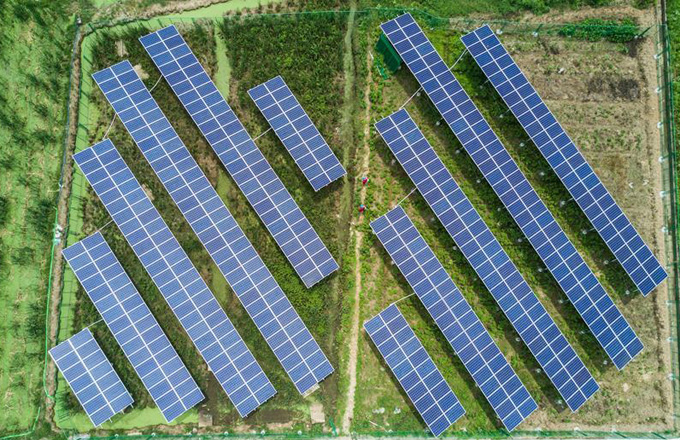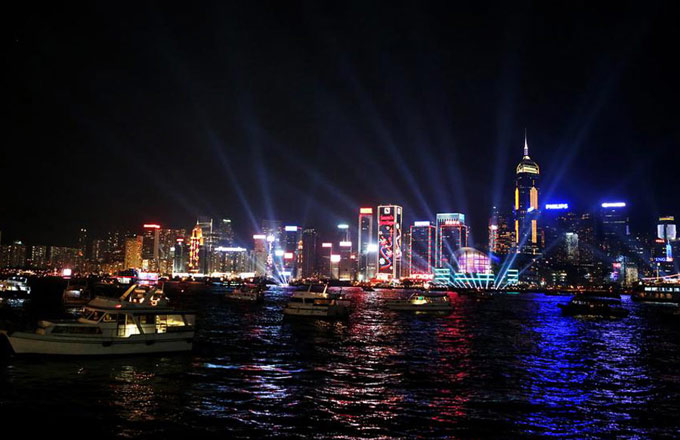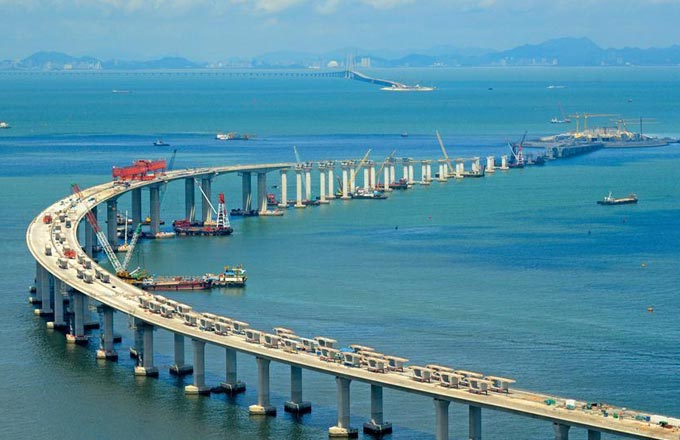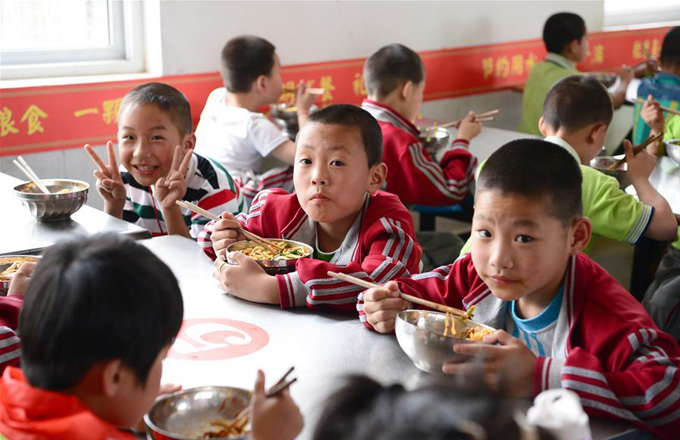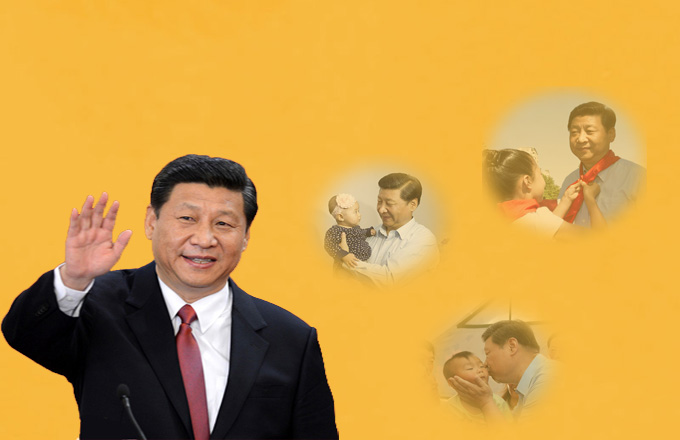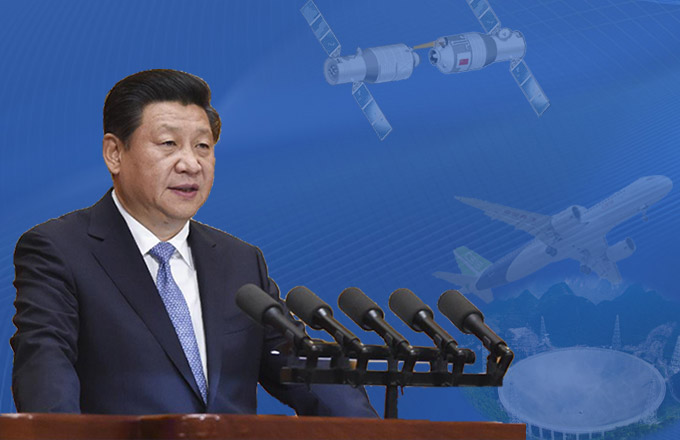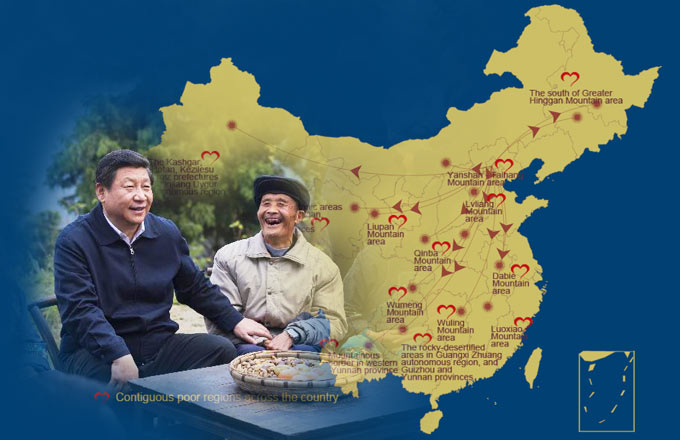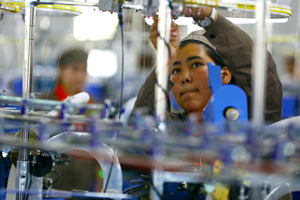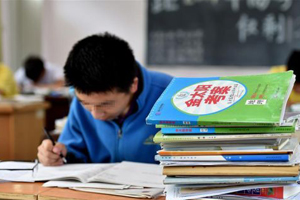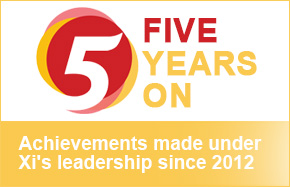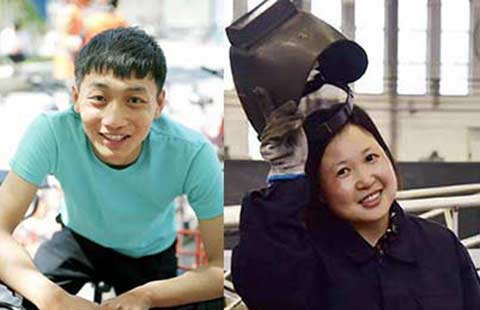Full text of Chinese Premier Li's speech at 12th China-EU business summit
Ladies and Gentlemen,
After a journey of more than 40 years, China-EU relations have moved onto a track of more mature and sound development. During President Xi Jinping's visit to the EU in 2014, he proposed joint efforts to build the partnerships for peace, growth, reform and civilization, which injected fresh and strong impetus into China-EU cooperation. Thanks to the concerted efforts from all sectors on both sides, China-EU cooperation has been making steady and all-round progress. Most notably, our economic and trade cooperation has borne fruitful outcomes. For many years, the EU has been China's largest trading partner, largest provider of technology and an important source of foreign investment. China, on its part, is the second largest trading partner of the EU.
According to Chinese statistics, since the international financial crisis, China's export to the EU has registered an average annual growth of 1.8%, and the EU's export to China 5.8%. Today, every single minute, more than US$1 million worth of goods and services are being traded between the two sides. The value of goods traded for every two days now is equivalent to that of the whole year in the early period of our diplomatic ties. China and the EU are linked together by over 600 flights every week and 150 freight train services every month.
The growth of China-EU cooperation is a natural outcome of the complementarity of our strengths, and has delivered benefits to people on both sides. European capital, technology and managerial expertise have given a boost to China's industrialization, while high-quality yet inexpensive products from China have been a big money saver for European families. The vast Chinese market has generated huge profits for the 16,000 European-invested companies in China. Chinese investment in Europe has created a large number of jobs for European countries.
Looking ahead, economic and trade cooperation between China and Europe promises a broad prospect. With a medium-high growth rate of around 6.5%, the Chinese economy has entered a crucial stage of consumption and industrial upgrading, leading to growing demands for high-quality consumer goods, advanced technology and equipment and quality services from Europe. Meanwhile, improved economic performance, expanding household consumption and increased infrastructure investment in Europe will generate new opportunities for Chinese businesses. The EU's investment in China only accounts for 4% of the EU's total overseas investment, and Chinese investment in the EU only takes up 2% of all FDI flowing to the EU. This is not commensurate with the size of the two economies and spells out enormous potential for further investment cooperation.
The economic and trade relations between China and the EU may be marked by both cooperation and competition, yet win-win cooperation is the overriding trend. Despite the expanded size of its economy, China is still at the medium and lower ends of the global value chain. The complementary and win-win nature of China-EU cooperation has remained unchanged. What has changed is only the model of such cooperation. In the past our cooperation was more or less about "invested by Europe plus made in China," which is still common today. But now we are also cooperating in the form of "invested by China plus made in Europe" and in third countries. We are also exploring new areas of cooperation such as the Belt and Road Initiative. This has expanded the areas of converging interests and deepened the interdependence between us. That said, competition also exists between China and the EU, yet competition based on common interests is not a bad thing. China and the EU need to pursue common development in the process of cooperation and competition to create deeper market connectivity and instill durable driving force into global economic development.
The trade balance between China and the EU is determined by multiple factors, such as development stage, comparative advantage and trade structure. In the system of free trade, any economy may be prone to deficit or surplus at different times. Absolute balance of trade is simply impossible. While China runs a trade surplus with the EU, it is also in deficit with such countries as Japan, the ROK and Australia. As far as European countries are concerned, China is in surplus with Belgium, the Netherlands and Italy, but in deficit with Germany, Switzerland, Austria and Ireland. Although it is on the surplus side in trade in goods, China has a US$240 billion deficit in trade in services, among which over US$40 billion is with Europe.
Due to the readjustment in the global supply chain and value chain, major changes have taken place in the flow of international trade. Trade statistics calculated with simple reference to rules of origin as is currently the case cannot truly or fully reflect the trade interests and balance between China and Europe. Last year, 74% of China's surplus of trade in goods with the EU came from processing trade. While this was registered as China's surplus, the profits has mainly accrued to multinational companies, with Chinese enterprises only earning a thin margin. If calculated by added value, China's trade surplus with the EU would be cut by around 40%.
China follows a trade policy of balance in import and export, and does not seek trade surplus. Its current account surplus to GDP ratio has dropped from the peak of 10% in 2007 to 1.8% last year. And in the first quarter of this year, it was only 0.7%, lower than that of many EU countries. China stands ready to work for the launch of a joint feasibility study for a China-EU free trade area as early as possible, further improve trade liberalization and facilitation, and create favorable conditions for competitive European products to enter the Chinese market. We also hope the EU will loosen restrictions over hi-tech exports to China, exercise restraint in the use of trade remedies, and promote the balanced growth of two-way trade.
China-EU economic and trade cooperation is not a simple relationship of buying or selling, but a partnership of multiple dimensions, investment being an important pillar of such cooperation. China welcomes investment by European companies and encourages its own companies to do business in Europe leading to two-way opening-up on an equal footing that delivers benefits to both sides.
That being said, as China and Europe differ in levels of economic development and industrial structures, their priorities, extent and speed of opening-up may vary as well. It would be inadvisable to make simplistic comparison in the areas and levels of openness or go after one-for-one reciprocity in openness. What's important is to see whether the gains from mutual openness are generally balanced. Take the automobile industry as an example, some people complain that China is not as open as Europe. But the truth is, European car brands take up a significant market share in China, yet Chinese brand cars are rarely seen in the streets of Europe. China will never shut its door to the outside world, but only open ever wider.
In 2015, we amended the Catalogue for the Guidance of Foreign Investment Industries for the sixth time, reducing the number of restricted industries by half. In the recent seventh amending procedure, we narrowed the scope of restricted industries by another one third. The negative list model of foreign investment management is being rolled out nationwide. With the exception of only a few sectors, the establishment and major adjustments of foreign-invested companies now only needs to go through a simple filing process with the relevant authorities, without being subject to government review and approval.
We are not only expanding market access, but also vigorously promoting fair competition. All enterprises registered in China, be they Chinese or foreign, are all treated as equals by the Chinese government, and enjoy equal treatment in accordance with the law in such areas as license application, standards-setting, government procurement and access to "Made in China 2025" policies. We are ready to work with the EU side to accelerate negotiations for a high-standard investment agreement and foster a more open, fair and rules-based investment environment. We also hope that Chinese enterprises will be given fair treatment in investment review and greater visa facilitation.
Production overcapacity is a cyclical phenomenon under a market economy. It is a structural and also a global issue. Shrinking demand as a result of weak performance of the world economy since the outbreak of the international financial crisis has been the root cause for global overcapacity in industries such as steel. In China's steel production, 86% is for domestic consumption. China's steel export to the EU was only 6.47 million tons last year, and in the same year, China also imported 1.22 million tons of steel from the EU. China does not subsidize steel exports. On the contrary, we introduced a series of measures to control steel exports starting from ten years ago, including levying export tariffs, the highest level of which is 20% even today.
The efforts China is making to cut overcapacity are unparalleled in the world. Having reduced its steel overcapacity by over 90 million tons in the past few years and 65 million plus tons in 2016, China will continue to phase out around 50 million tons of capacity this year. This process involved the reemployment of some 500,000 workers, which is 170,000 more than all the steel workers of the EU. To blame China for overcapacity is neither objective nor fair. The responsibility for cutting overcapacity must be borne by all parties, and the key lies in concerted actions, not finger-pointing. China stands ready to enhance the sharing of experience and good practices on cutting overcapacity under the framework of the Global Forum on Steel Excess Capacity and set up a steel trade mechanism with the EU, in an effort to promote sound growth of the global steel industry.
Climate change is a common challenge to mankind. Green and low-carbon development has become a compelling trend of our times. The Paris Agreement represents the broadest consensus of the international community. All parties need to jointly safeguard this hard-won outcome and work for its effective implementation. China always stands by its words. From 2011 to 2016, China's CO2 emission per unit of GDP was cut by 26.2%. China advocates the new concept of green development, which focuses on promoting ecological progress. Our efforts in energy conservation and emission reduction will only be strengthened, not weakened. We have confidence in achieving the goals of reducing CO2 emission per unit of GDP by 40%-45% by 2020 from the 2005 level and peaking carbon emission in around 2030. This is not only imperative for sustainable development, but is also our unshirkable duty as a responsible major country. Under the principles of common but differentiated responsibilities, equity and respective capabilities, we will continue to take an active part in the global climate governance process, and work with the EU to strengthen practical cooperation in energy conservation and environment protection, making it a new highlight of the China-EU comprehensive strategic partnership.
Ladies and Gentlemen,
Given the complexity and volatility in the international situation, it is all the more important for China and the EU to stand firmly together, jointly advance mutually beneficial cooperation toward higher level and better quality for the benefit of both peoples, and make even greater contribution to world peace and common development.
Thank you.
- Keynote speech by Premier Li Keqiang at the Welcoming Gala Luncheon in New Zealand
- Li Keqiang: We want to work with you for progress and peace
- Li Keqiang appelle à mettre un « point final » aux prédictions sur un « atterrissage brutal » de l'économie chinoise
- Li Keqiang : l'initiative chinoise sur l'entrepreneuriat de masse et l'innovation possède une forte vitalité
- China seeks neutral monetary policy: PBOC official
- 70 pct of Beijing tap water comes from Yangtze
- China to promote rural industry integration with policy finance
- China strongly opposes US arms sales to Taiwan: senior military officer
- Villagers benefit from poverty-alleviation measures in Zhejiang


